How to use the JR Setouchi Area Pass
Sheltered between the three islands of Honshu, Kyushu and Shikoku, the Seto Inland Sea and its surrounding coastal region boasts a mild climate, laid-back atmosphere, vibrant cities and spectacular coastal scenery. It's an area close to our hearts and that keeps us returning again and again, always with something new to discover.
Despite its ease of access from the busy Kansai cities of Osaka and Kyoto however, relatively few foreign visitors ever make it further into the region than Hiroshima, getting little more than a taste of the region's rural charm and many cultural gems. For this combined article and video project, we set out to demonstrate how you can save time and money while exploring this amazing part of Japan with the help of one underutilized resource - the Setouchi Area Pass from JR West.
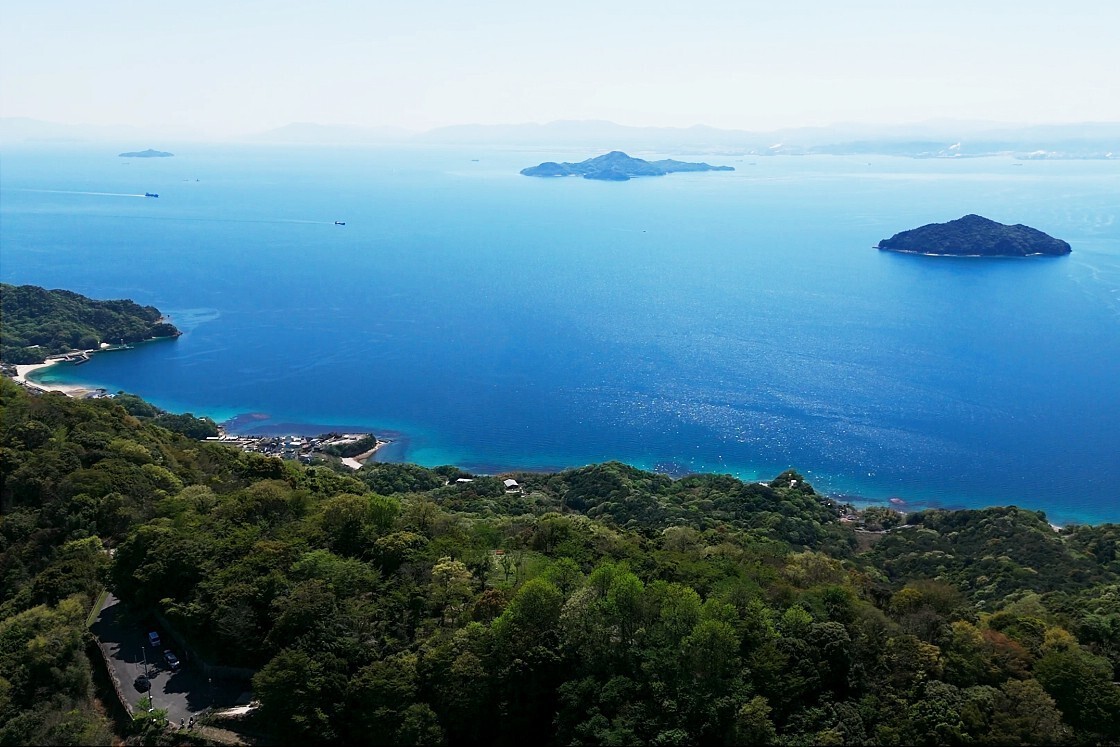
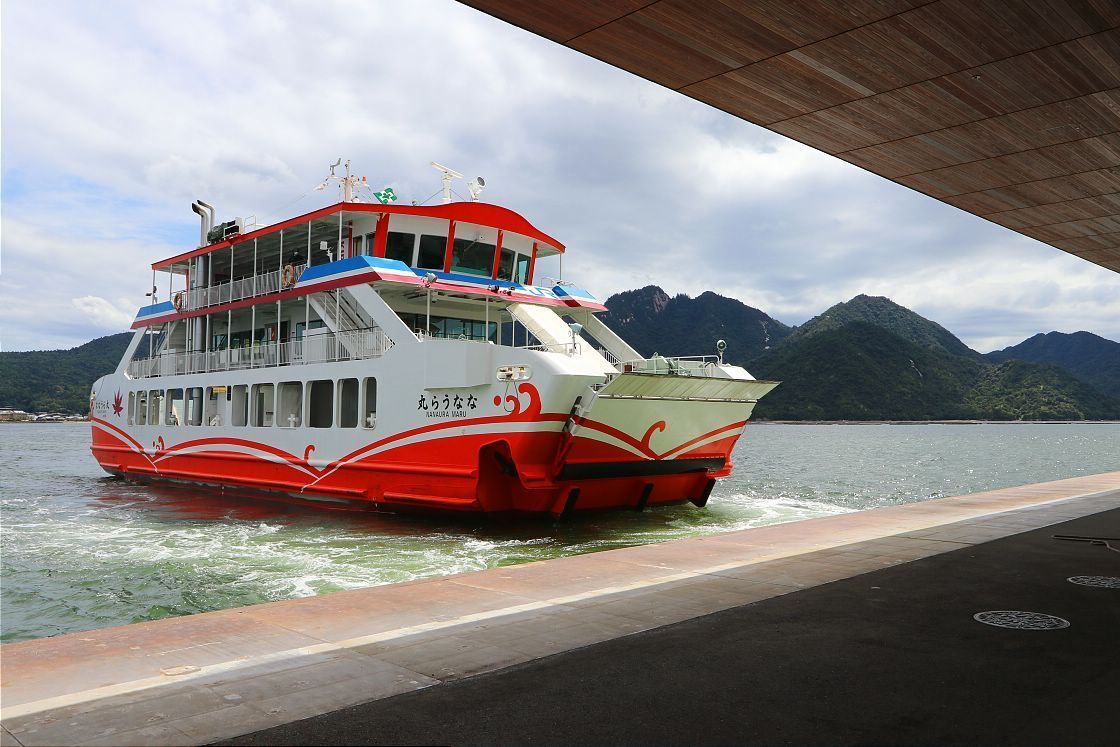
What is there to see?
Whether you're looking to dive into a rich and varied local culture or just enjoy a relaxing pause in a larger itinerary, the Setouchi Region has a huge amount to offer.
Spread among the coastal areas of the main islands, visitors can explore historic castles, beautifully preserved samurai districts, classical landscape gardens and even traditional hot spring resorts, while peaceful rural communities rub shoulders with cutting edge modern art on the islands dotting the sea itself.
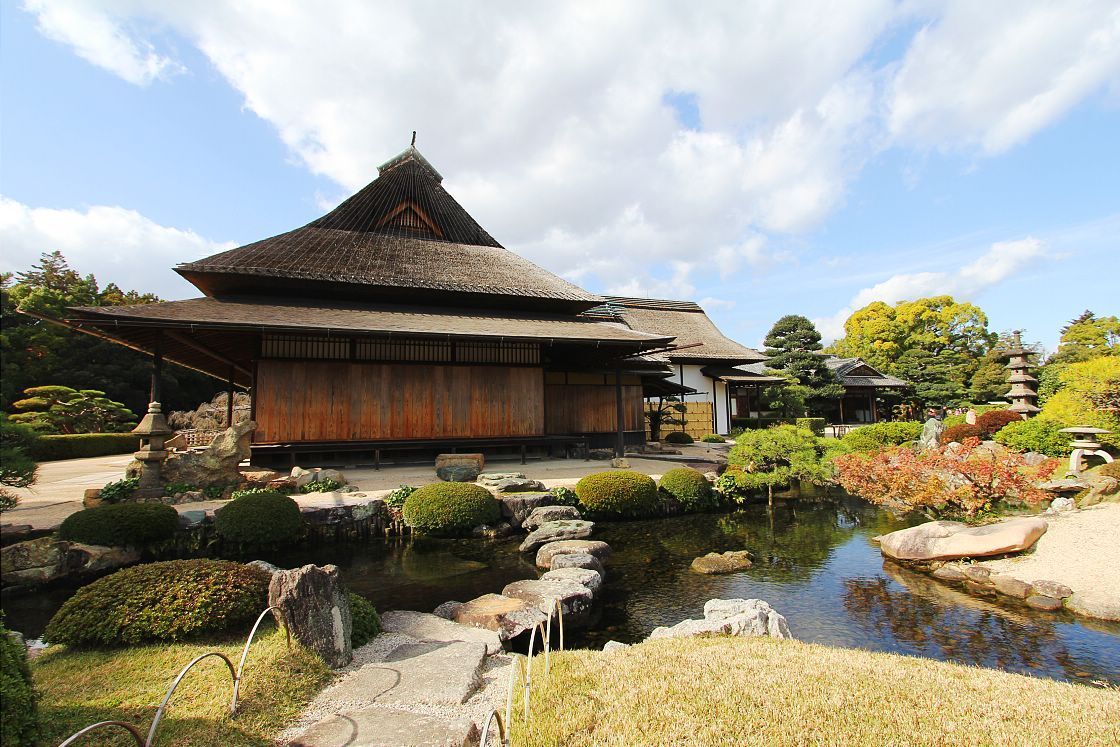
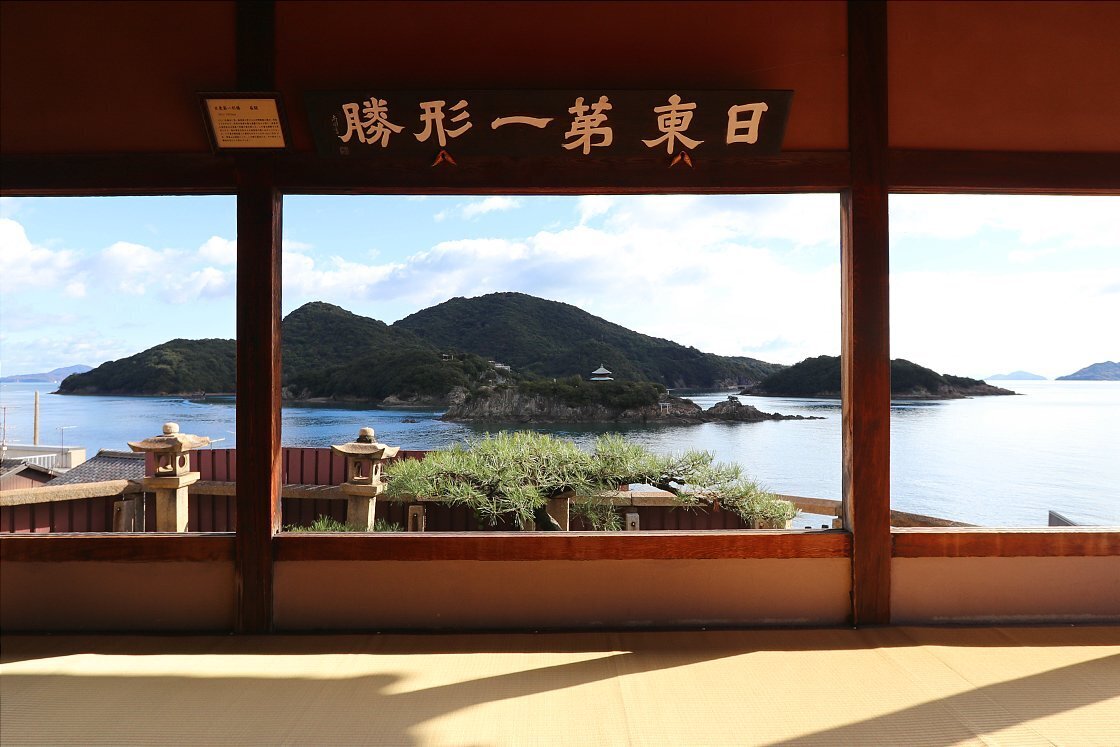
What does the pass cover?
Priced at 22,000 yen, the pass allows for unlimited use of the Japan Railways network surrounding the Inland Sea, including local, rapid, limited express and even Sanyo Shinkansen trains from Hakata Station in Kyushu all the way to Shin-Osaka. It's worth noting that while it doesn't cover the Tokaido Shinkansen between Shin-Osaka and Kyoto, other JR trains between the two cities are, opening up additional side-trip destinations like Uji. Also included are the JR Group-operated Maple Loop tourist buses in Hiroshima and the JR ferry to Miyajima.
What sets this pass apart from other rail passes is that it also covers a few other ferries in the Seto Inland Sea: the Hiroshima-Kure-Matsuyama line, which offers a useful and efficient alternative route to travel between Honshu and Shikoku, and the ferries connecting the island of Shodoshima to Okayama and Takamatsu. Additionally, the pass covers all city trams in Okayama and the bus to get to Shin-Okayama Port, adding value and convenience.
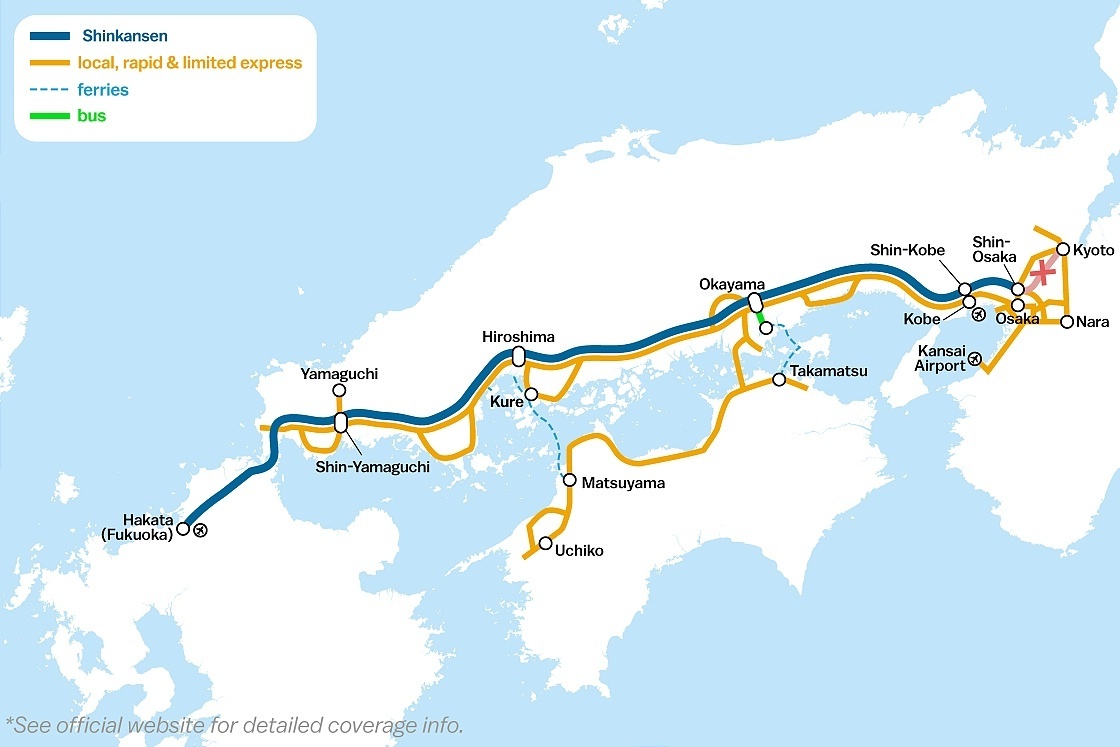
Validity
The pass is valid from the time of purchase for seven consecutive calendar days, meaning for example that if you were to start using it on July 1, it would be valid until midnight at the end of July 7.
To be eligible for the pass, you'll need to be a foreign passport holder and in Japan as a temporary visitor - so if you're a Japanese citizen or foreign resident living in Japan, sorry, you are not eligible to buy the pass.
How and where to buy the pass
There are two ways to purchase the pass:
First, you can buy it online through the JR West website. Once you arrive in Japan, you'll need to drop by any major JR West station to pick it up - just remember to bring your reservation number, passport, and the credit card you used when booking.
Second, you can go through one of the many online and offline travel agents authorized to sell the pass. After you complete your purchase, you'll receive either a voucher or QR code*, which you'll need to swap for the actual pass once you're in Japan. Just be sure to bring your passport, and make the exchange within 90 days of purchase.
*QR Code is a registered trademark of DENSO WAVE INCORPORATED
How to make seat reservations
With your pass in hand, the next thing to think about will be making seat reservations - something we recommend but even more so during busy periods, when shinkansen and limited express trains can get extremely crowded. There are three different ways to do this:
Online: Provided you bought your pass online through the JR West website and not a different channel, you can use their dedicated online seat reservation system, but you'll still need to pick up the physical seat reservation tickets at a ticket machine or office before boarding.
At a ticket machine: Use a seat reservation ticket machine at any major station. Tap "reservations", then search for your train, and print out your seat ticket.
In person: Visit a JR ticket office in person. Note that the first two methods can be used only for up to six reservations, so you'll need to use this method for any more you wish to make after that.
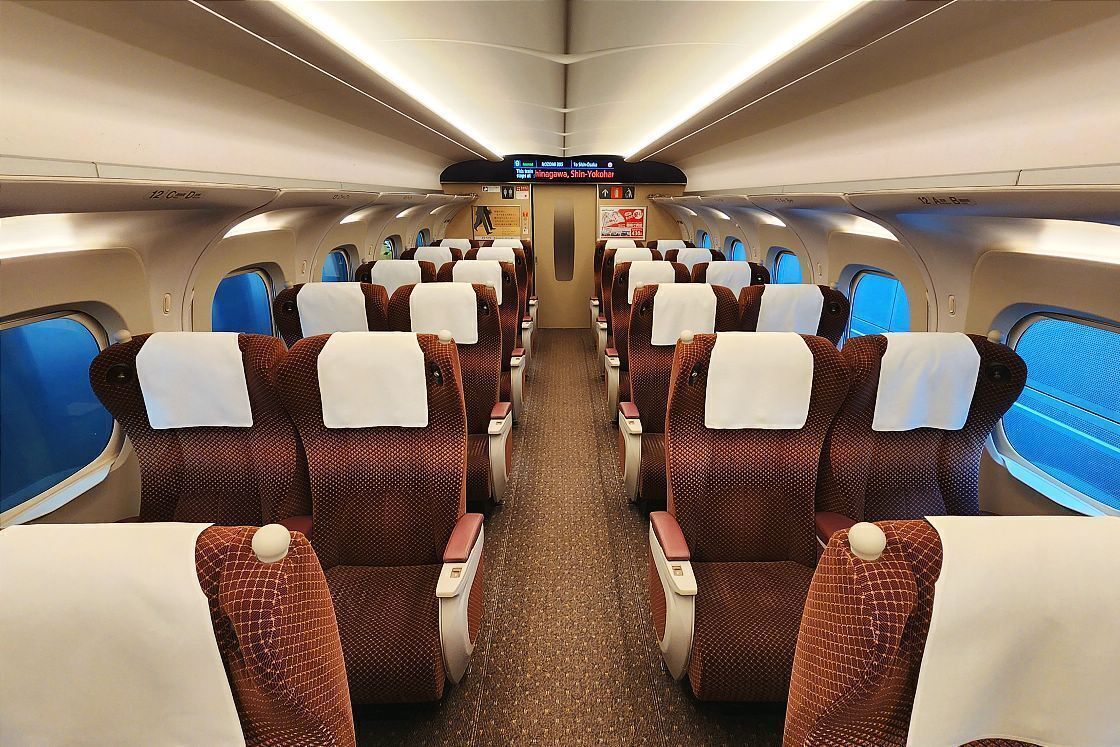
A note about luggage
As space is limited on trains, trams and local buses, we strongly recommend using Japan's excellent delivery service known as takuhaibin. This lets you send any heavy baggage on to your next destination, allowing you to travel light and catch up with your luggage at a time of your choosing.
The system itself is straightforward to use, with counters at airports and major stations like Hiroshima and Okayama. You can even drop off or pick up your bags at most hotel front desks and many convenience stores, providing even greater flexibility.
Another handy service is Crosta, offered by the JR West Group, providing same-day luggage delivery between major railway stations and selected hotels across western Japan. This lets you travel completely hands-free while your luggage follows behind. For example, you can drop off your bags at Hiroshima Station in the morning and pick them up the same evening at your hotel - the Miyajima area has also been added to the baggage service, so if you're staying on the island you're still covered. Using the Sanyo Shinkansen, Crosta can deliver between Shin-Osaka and Hakata stations, as well as from Shin-Osaka Station to designated partner hotels in Fukuoka City.
If you're heading out for some sightseeing but still have bags with you, you're almost certainly better off leaving them at a storage locker, available in different sizes at tourist hotspots, all major train stations, Hiroshima Airport and the Miyajima Ferry Terminal - doing so can reduce the impact of heavy tourism on locals while making for a much more relaxing day of travel for you.
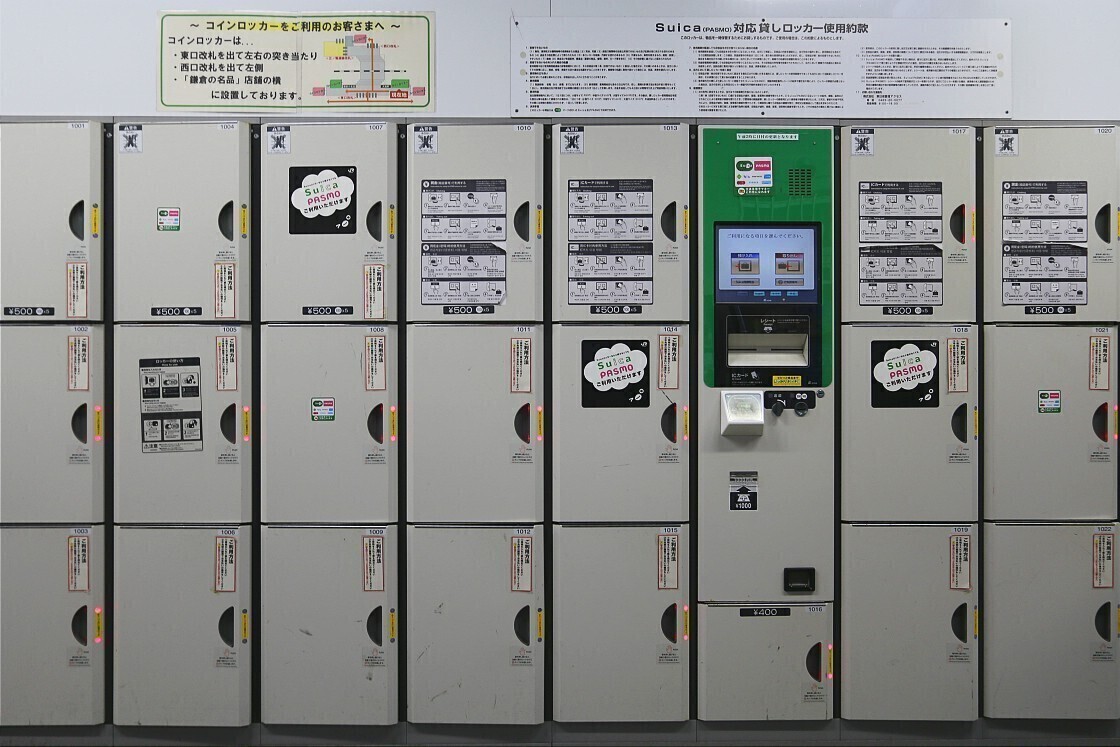
Value for money
The JR Setouchi Area Pass offers exceptional value for money, with just one regular roundtrip between Osaka and Matsuyama enough to fully recoup the initial 22,000 yen cost. Below, I'll introduce a 7-day itinerary beginning and ending in Osaka, making full use of the pass while showcasing the beauty of the Setouchi Region:
As you can see from the running total, the pass represents outstanding value compared with the initial cost of 22,000 yen, while the destinations and experiences themselves are just a taste of what the Setouchi Region has to offer.
*Price as of September 2025: based on a reserved Nozomi seat, standard season fare







